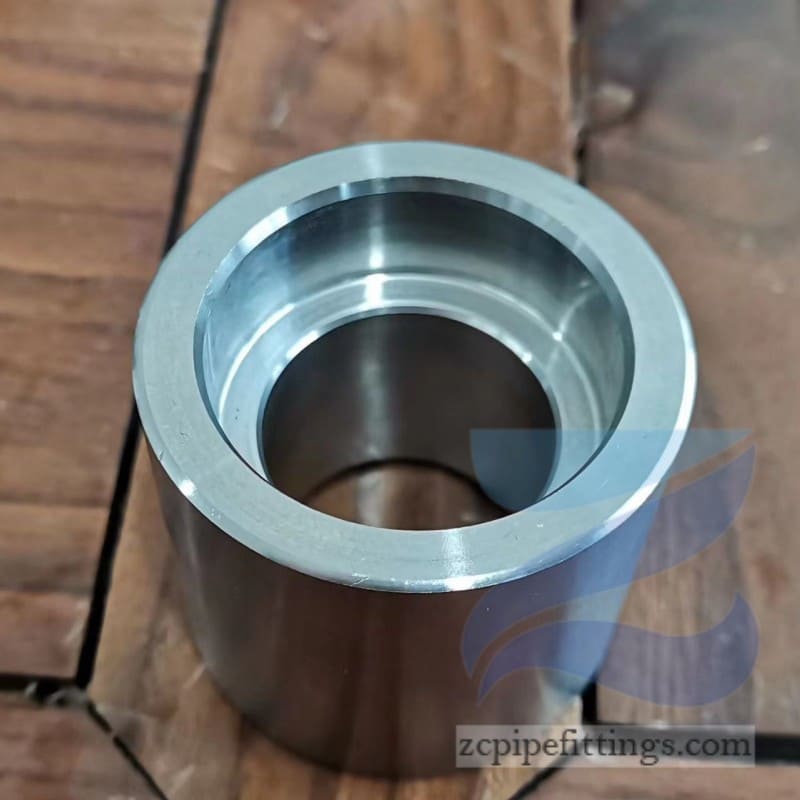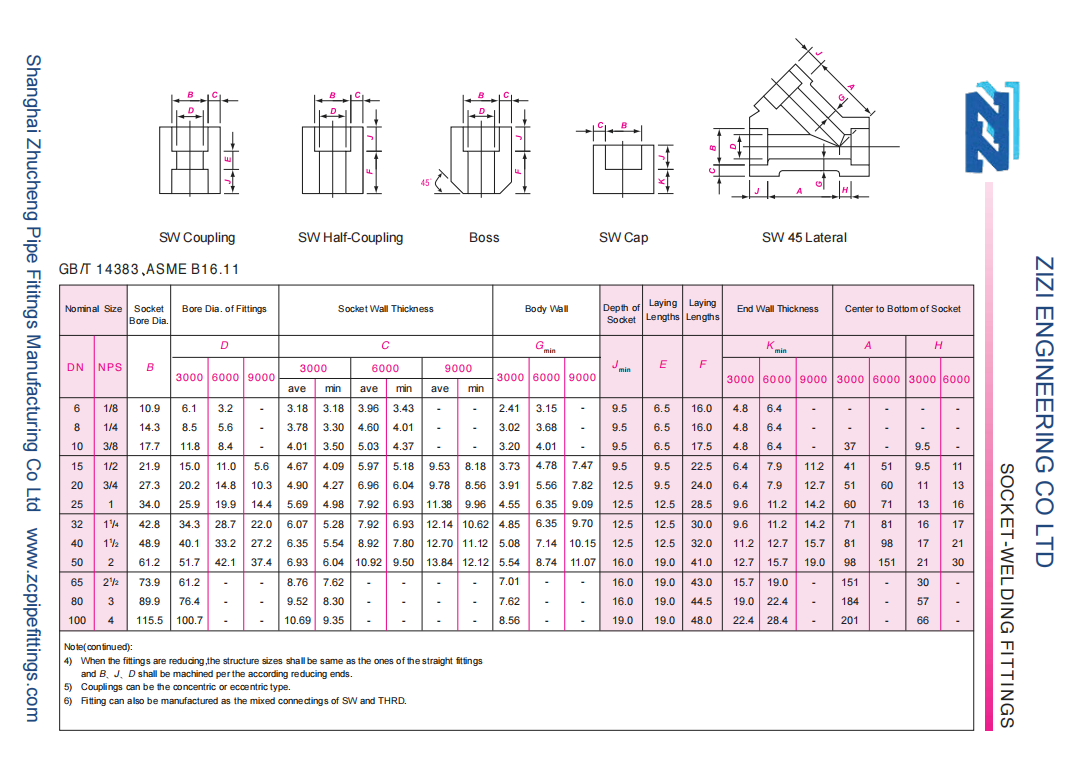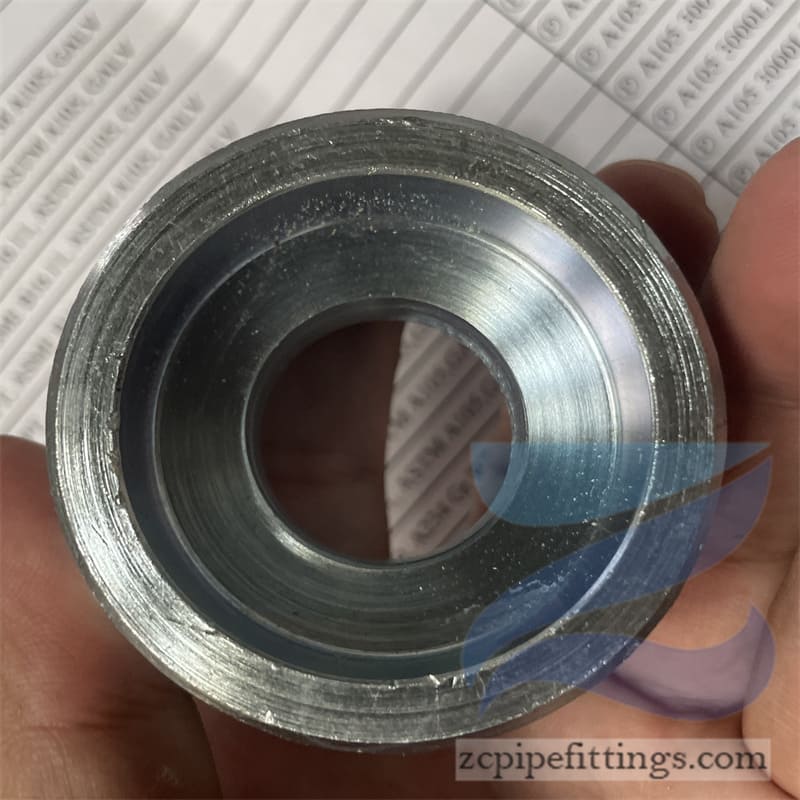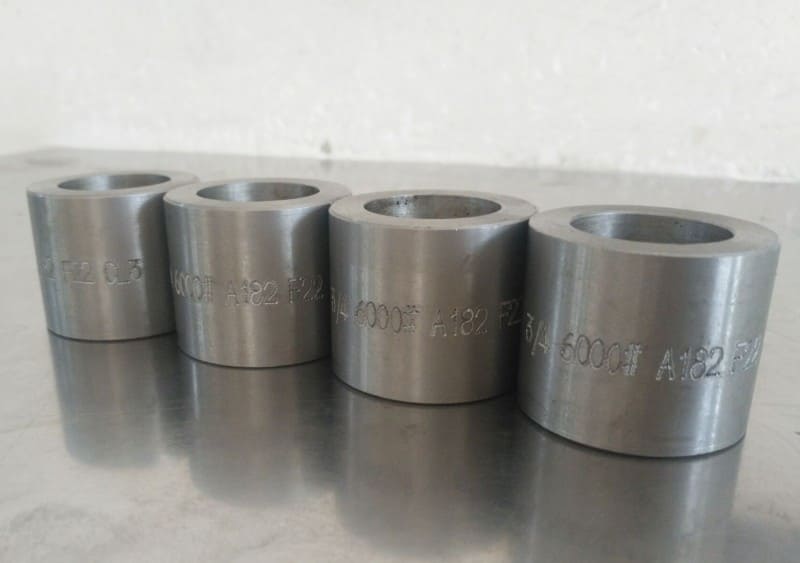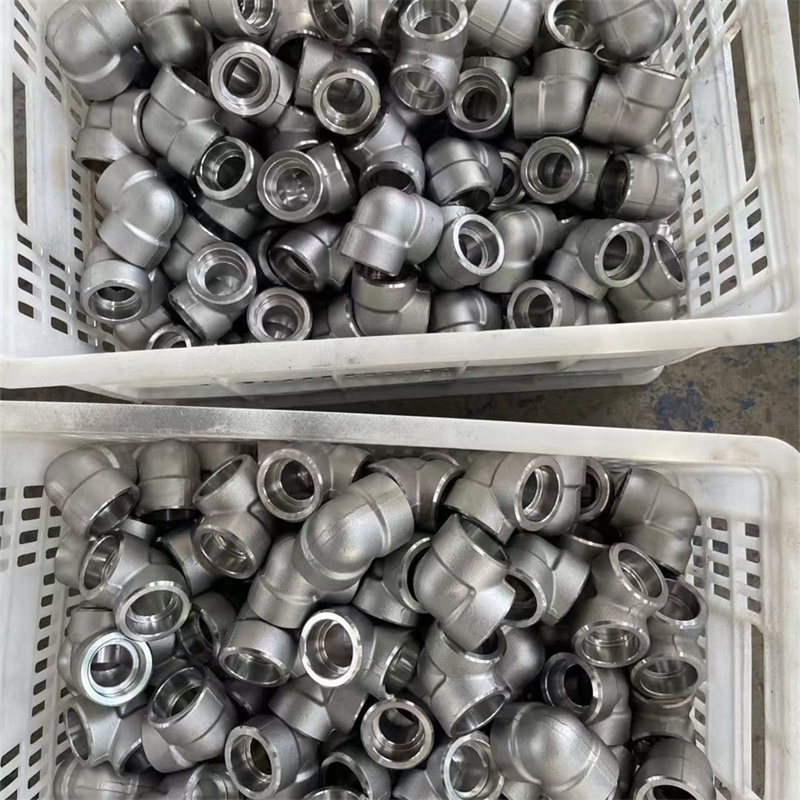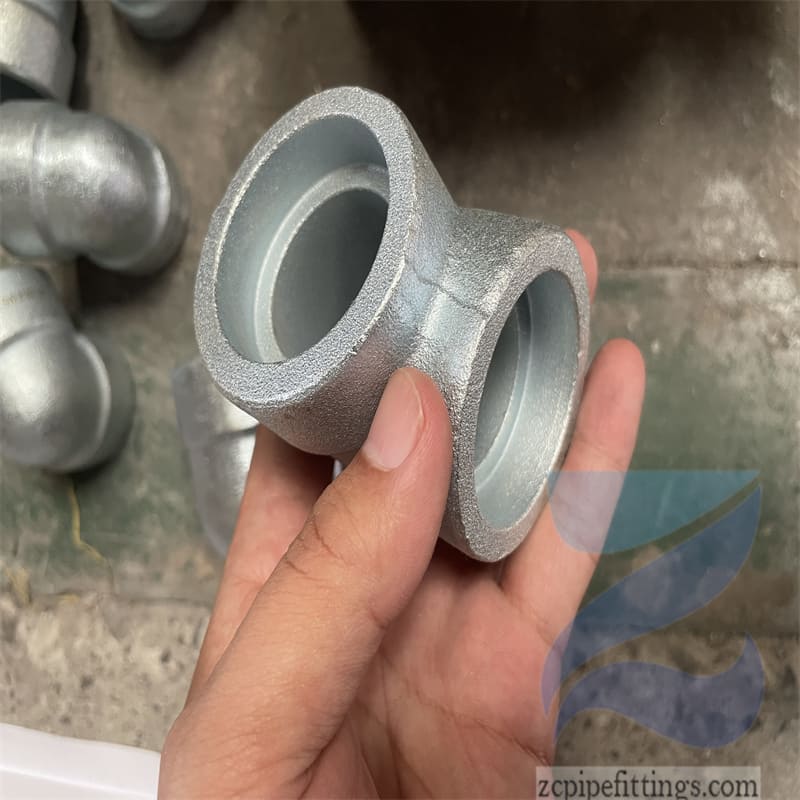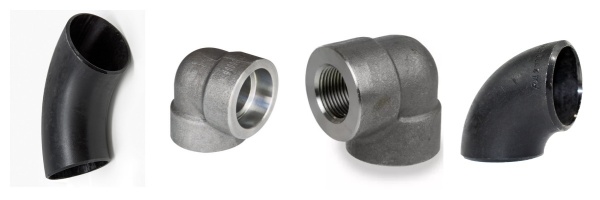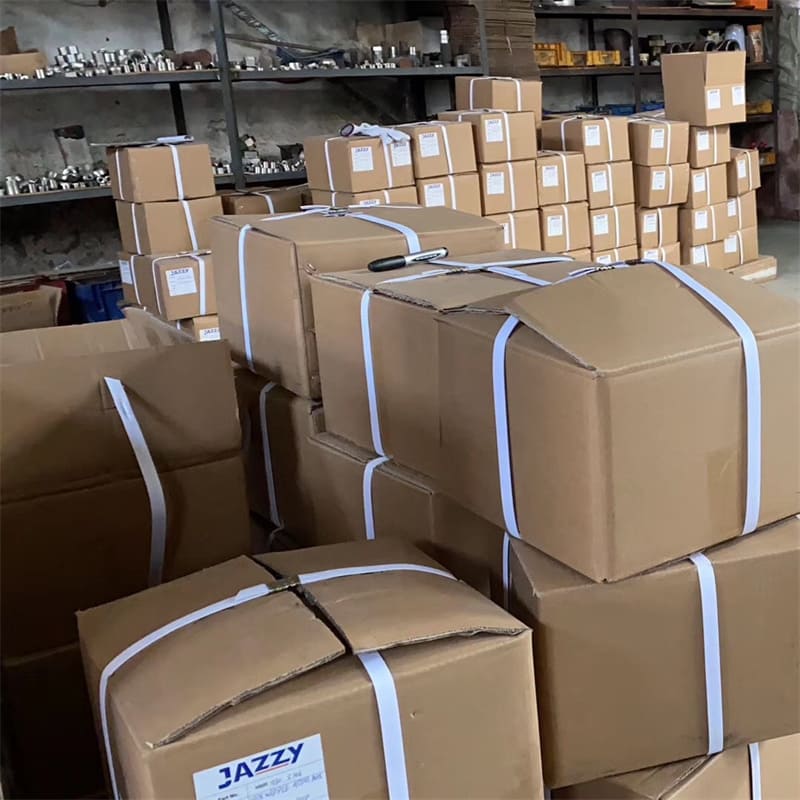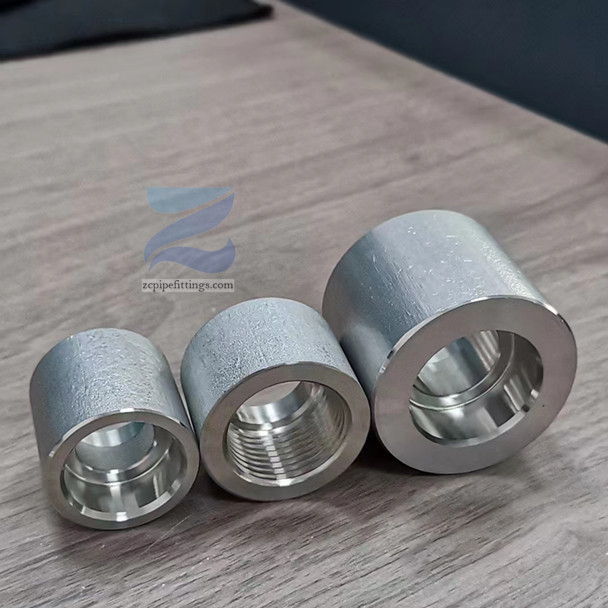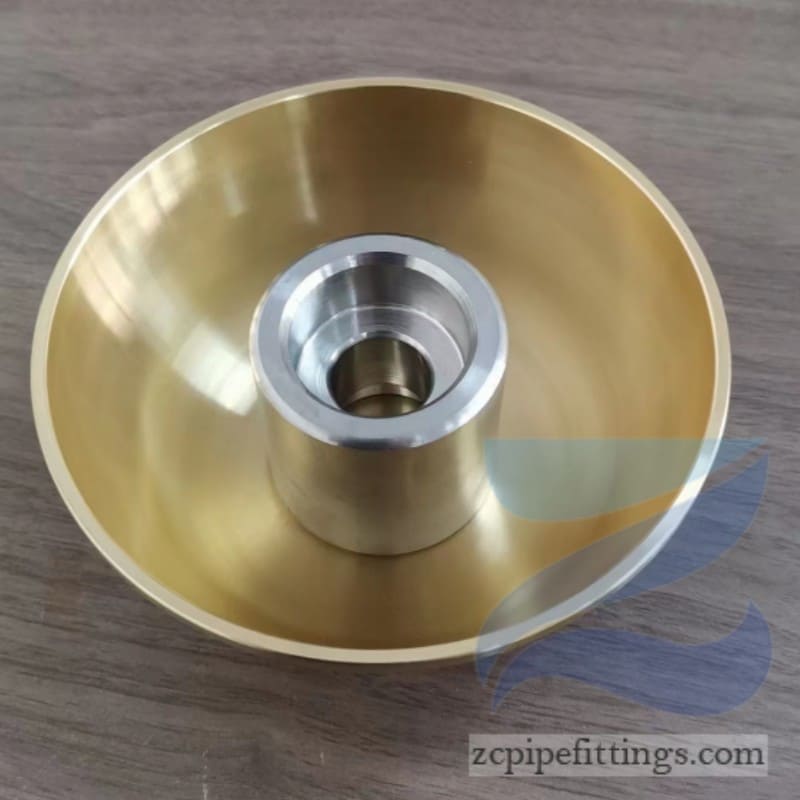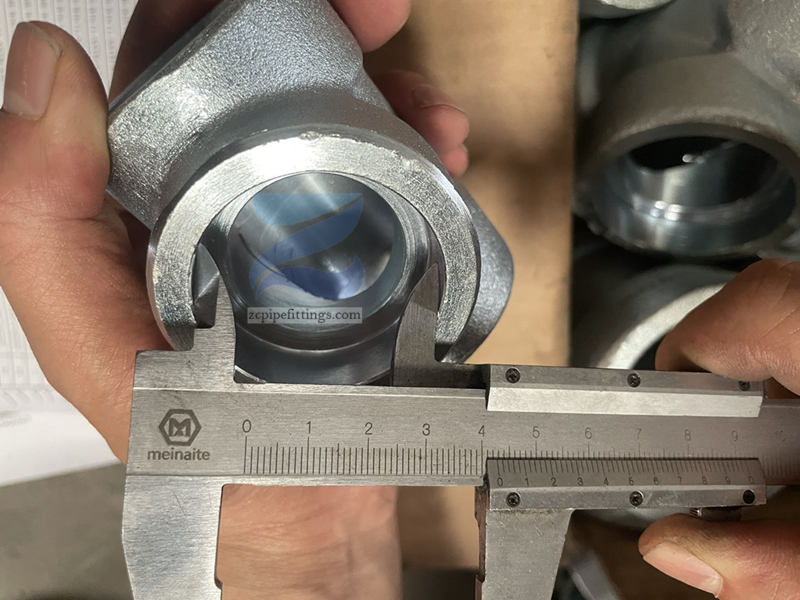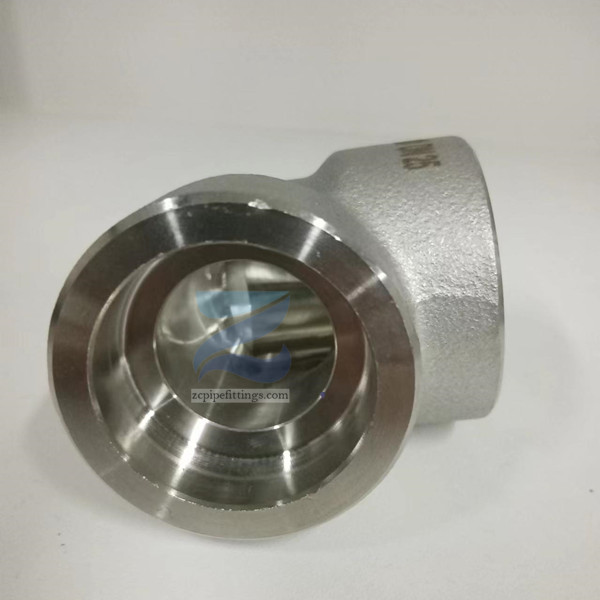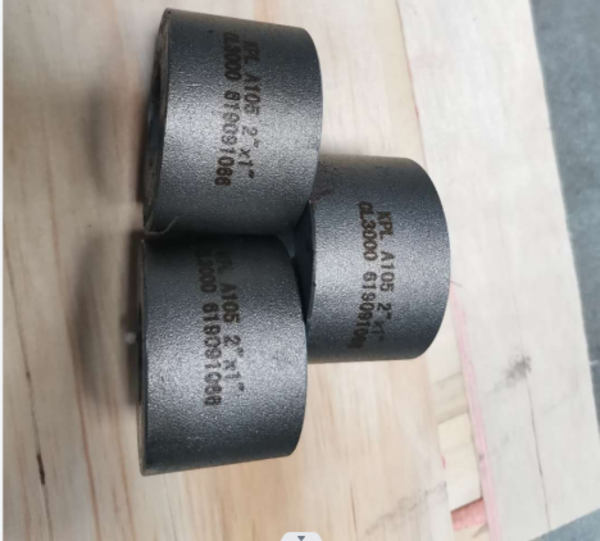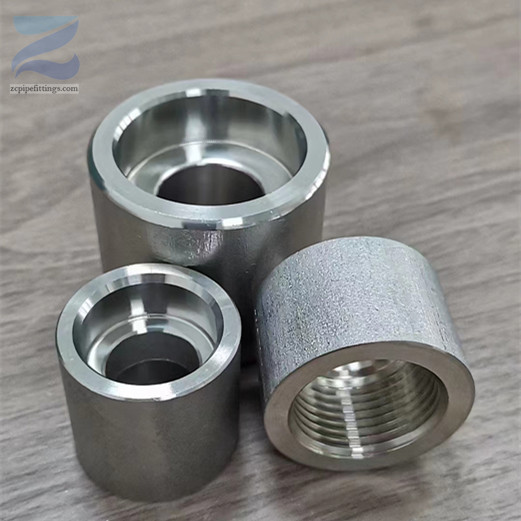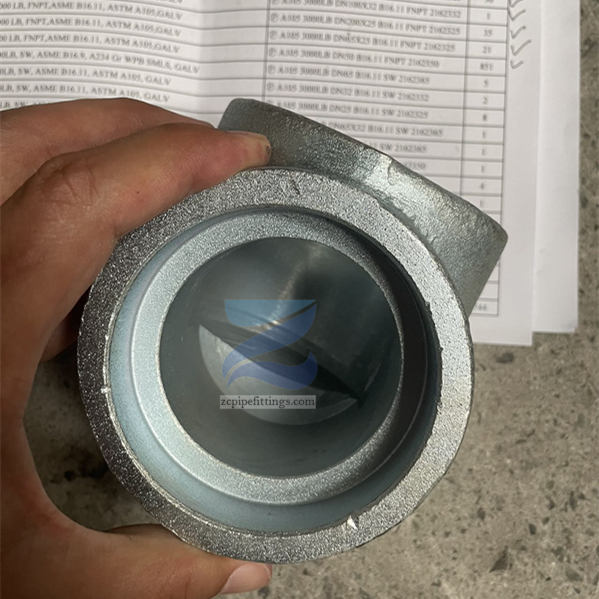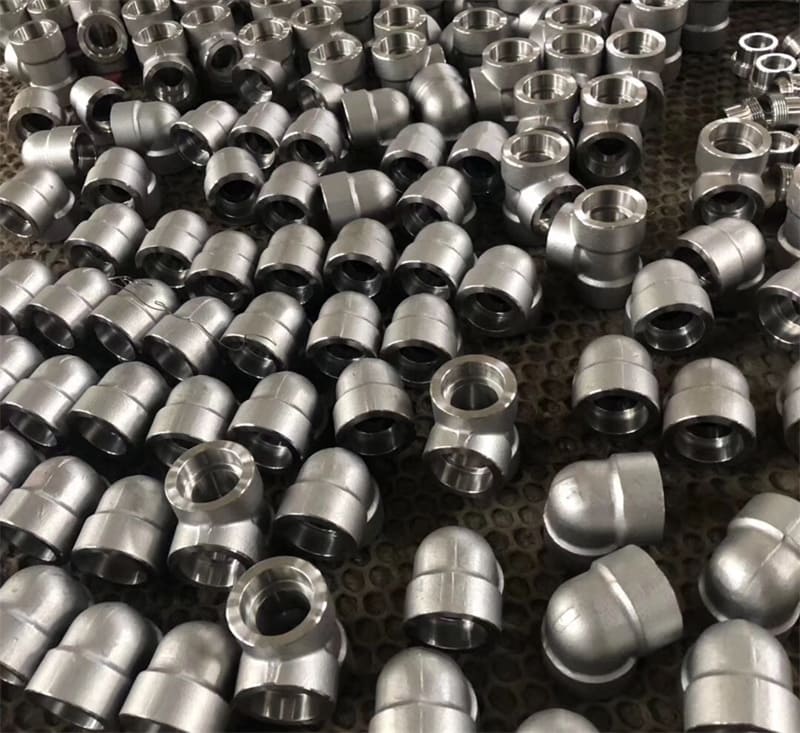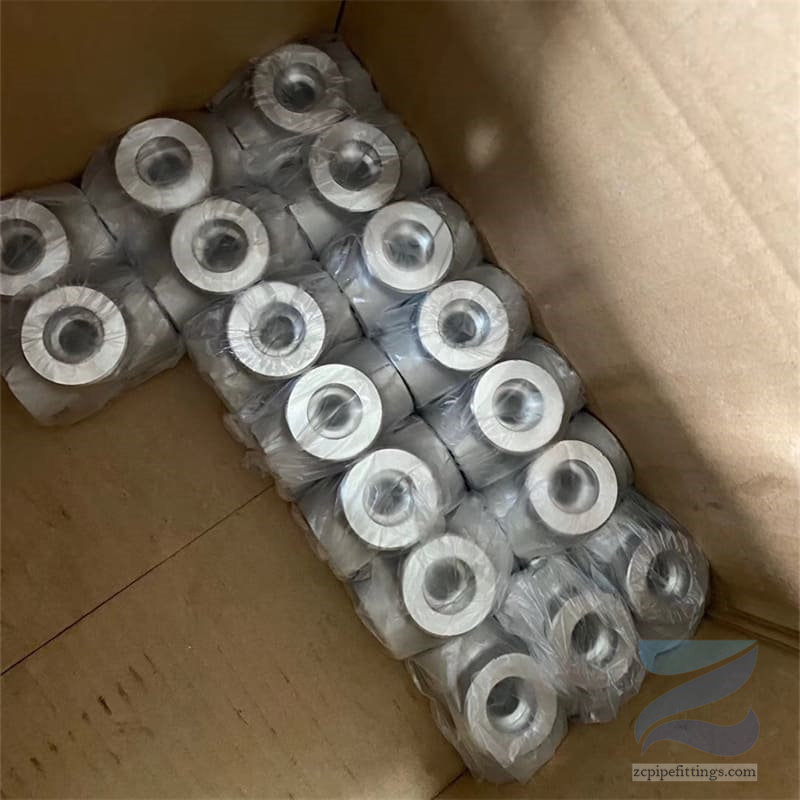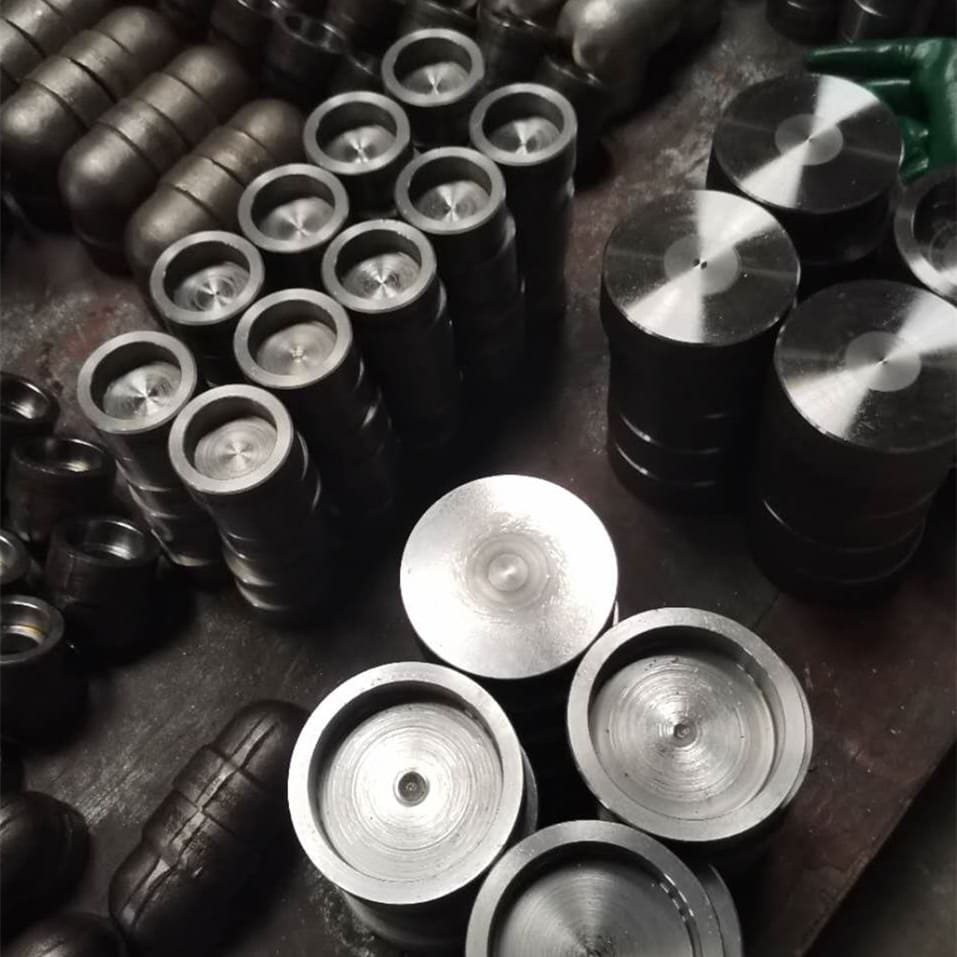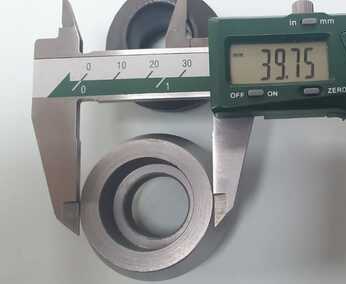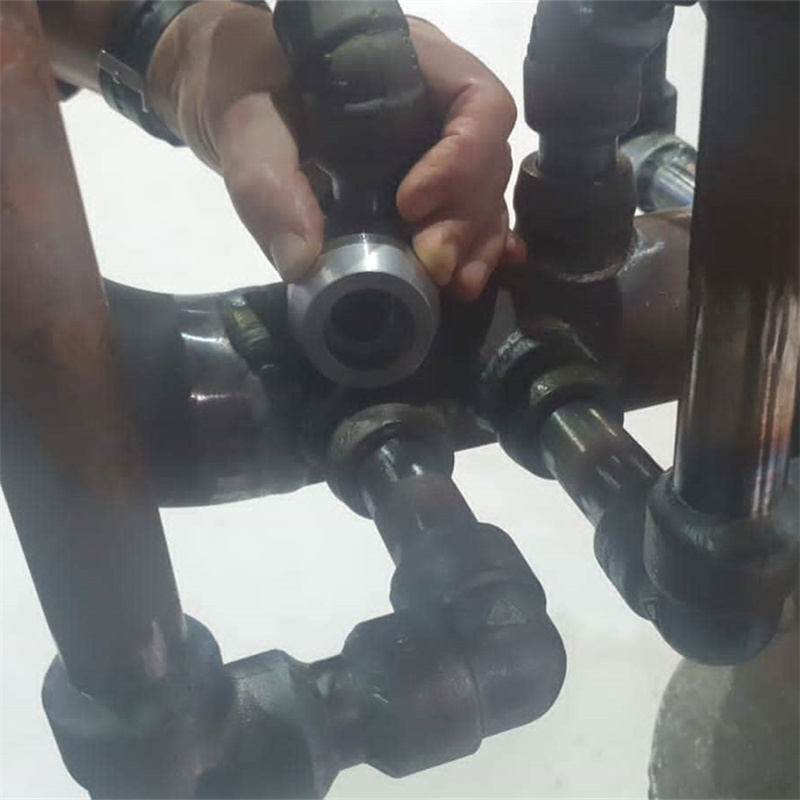How Socket Welding Works
Socket welding is named for the fittings into which the pipes are placed for welding. These fittings include recessed sockets into which the pipes are inserted before being welded into place.
When inserting the pipe into the socket it is important to leave a gap between the end of the pipe and the bottom of the socket. This gap prevents a stress failure from occurring when the heat from the welding process causes the pipes to expand against the socket. This gap can be manually measured and marked with a reference line on the pipe, or a permanent fitment tool can be inserted into the fitting to ensure the pipe does not bottom out into the socket. Once placed in position, the pipe is fixed in place by fillet welding where the pipe diameter meets the socket.
Socket welds create sealed, leak-proof, high pressure pipeline configurations for the transporting of liquids or gases. Unlike butt welding, socket welds don’t require any pre-weld machining, although the pipe ends should be clean in order to assure the integrity of the weld.
Classification of Socket Weld Coupling
Full Coupling
This socket connects two pipes together, with threads at both ends to join the pipes.
Half Coupling
Half couplings are similar to full couplings, but only have threads on one end. With half coupling, the non-threaded end is usually welded or fastened to piping using other means.
Reducing Coupling
These fittings are used to join two pipes of different diameters, using different width sockets at either end.

